Understanding How the Rainy Season Can Affect Your Purchase
As an expat who lives in Costa Rica full-time, I am constantly fielding the question, “But what about the rainy season?”
I, personally, love the rainy season, or at least… most of it. While it does rain most days, the term “rainy season” tends to concentrate on the negative, so I prefer to use the local term of “green season.” As a general overview (and this is based on my experience which is on the Central Pacific Coast) it is very rare for it to actually rain all day.
Most mornings dawn bright and warm (and fresh smelling- thanks to the rain). The sky may be a lighter blue and partially covered in hazy white clouds but the temperature is still warm enough to be considered tropical.
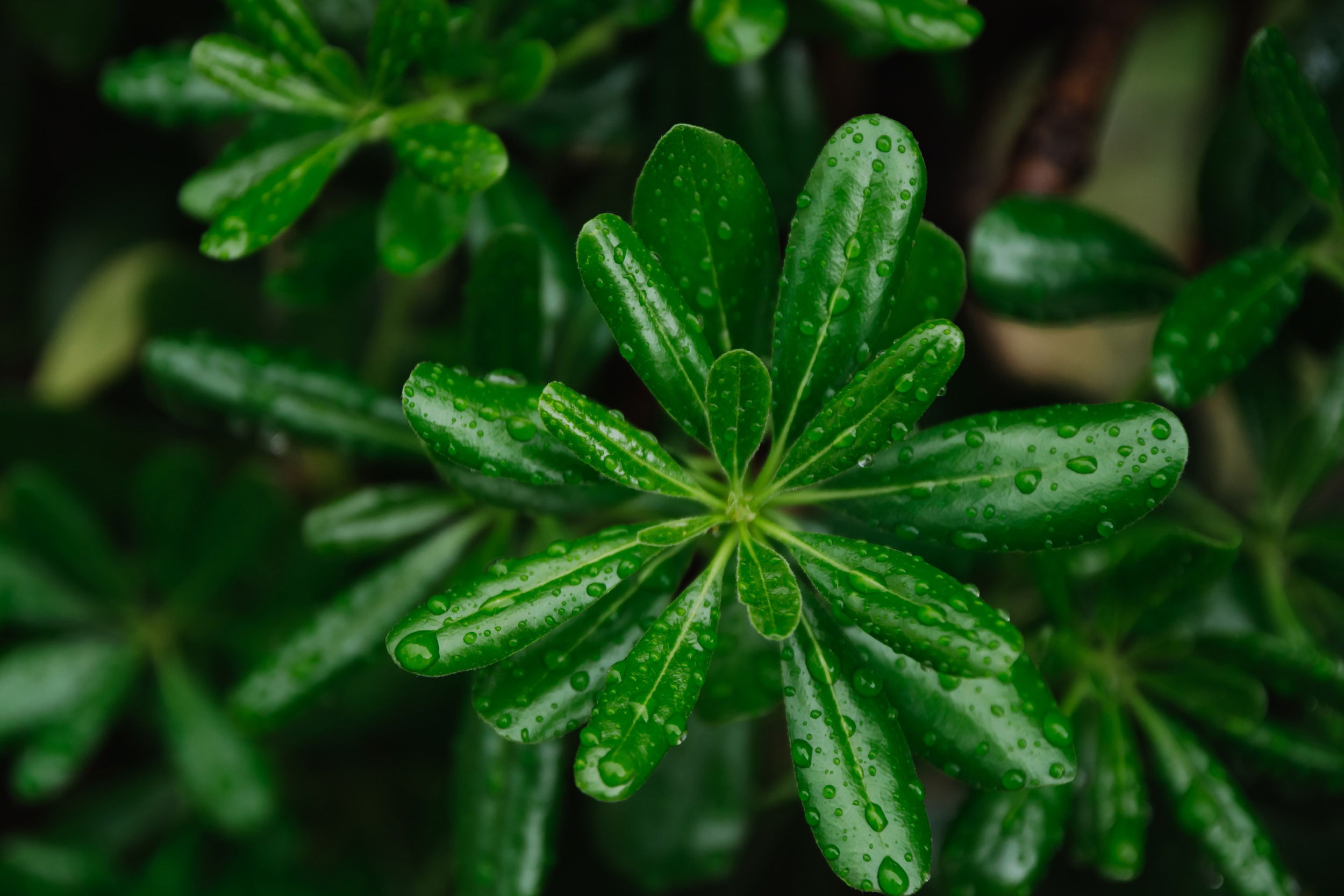
At some point in the afternoon, the sky clouds over and you will have a downpour. They typically last no more than an hour or two which allows everything to dry off and soak in. Sometime in the evening the rain starts again and continues overnight.
We do get frequent thunderstorms with some truly spectacular boomers and sheet lightning- but I actually enjoy that. For me, the downside of the rainy season is that when the weather is transitioning from one to the other you have a combination of wet and hot that leads to high humidity - leaving you feeling sticky and gross. It generally lasts for a few weeks at either end of the season.
So, how does this affect your property purchase? It's simple… when the rain does come down here, more often than not it comes down in buckets. Where back in Ontario a rainy day might mean that it drizzles from sunrise to sunset, here you can experience extreme amounts of rain in a very short period.
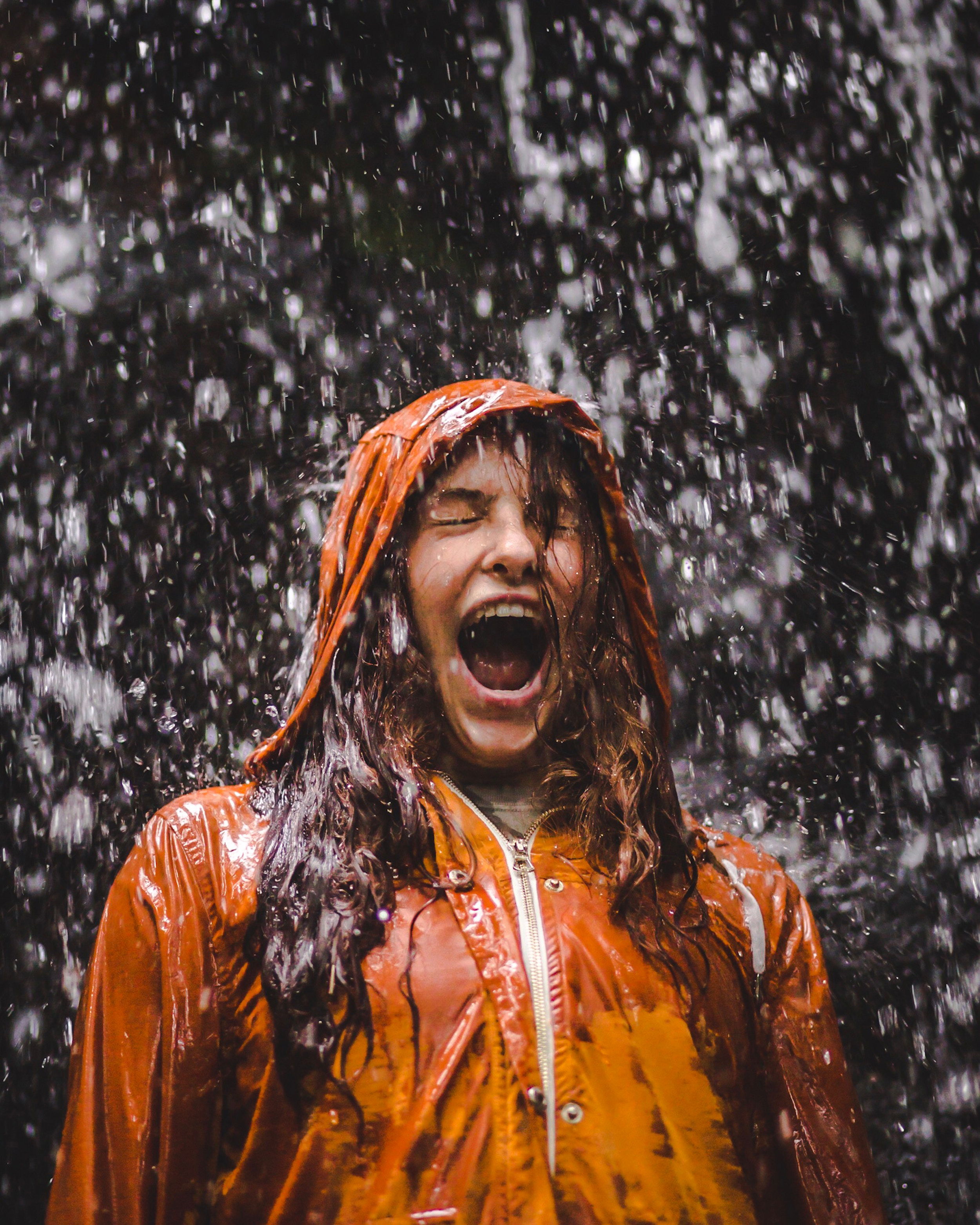
Statistically speaking Jaco has an average annual rainfall amount of 127 inches. When you consider that most of it occurs during a 6-month period (so about 180 days) that breaks down to an average of 7 inches a day. To learn more about Costa Rica’s average weather patterns, click here.
Last year (2022) was the rainiest season on record- ever- with a reported rainfall amount that was about double the average, and it resulted in a lot of flooding.
What Causes Flooding?
So how do you know, especially if you are property hunting in the dry season, what areas might be prone to floods?
Firstly, I should point out that the mountain ranges of Costa Rica effectively split the country and two, meaning that the weather patterns on the Pacific Side and the Caribbean side are vastly different. For example, there have only been 18 reported hurricanes in Costa Rica (since 1887) BUT those that do land typically occur on the Caribbean side. When it comes to the Pacific side, our location close to the equator means that while storms do occur, they don’t generally have a chance to build up enough strength to do serious damage until they are much further North.
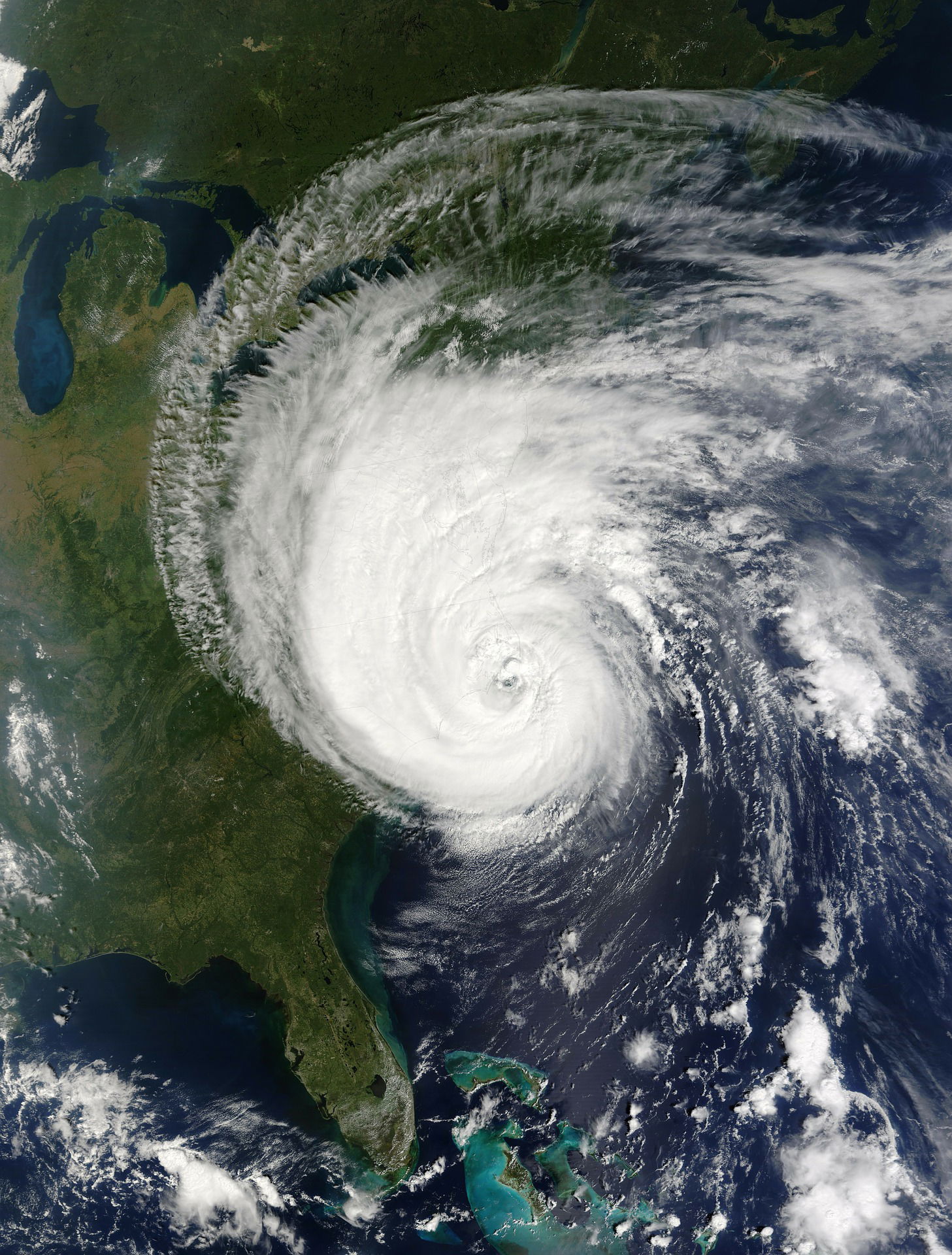
This fact was actually a contributing factor to our move to Costa Rica. Our original plan (pre-Hurricane Irma) was to retire to the Caribbean. After Irma the idea of investing our savings in a place where storms occur on a regular basis and seem to be getting stronger and stronger as time goes by was just- scary.
So, back to flooding. Costa Rica is not a very populated country in terms of density. That means that there is a lot of soil, grass, plants, and trees. All of these will soak up huge amounts of rainfall… which means that the average rainy day will have very little effect in terms of flooding.
Flooding occurs when the rain comes down so hard… or for so long… that the ground becomes saturated. When this happens, the access water collects on the surface… and eventually has to go somewhere.
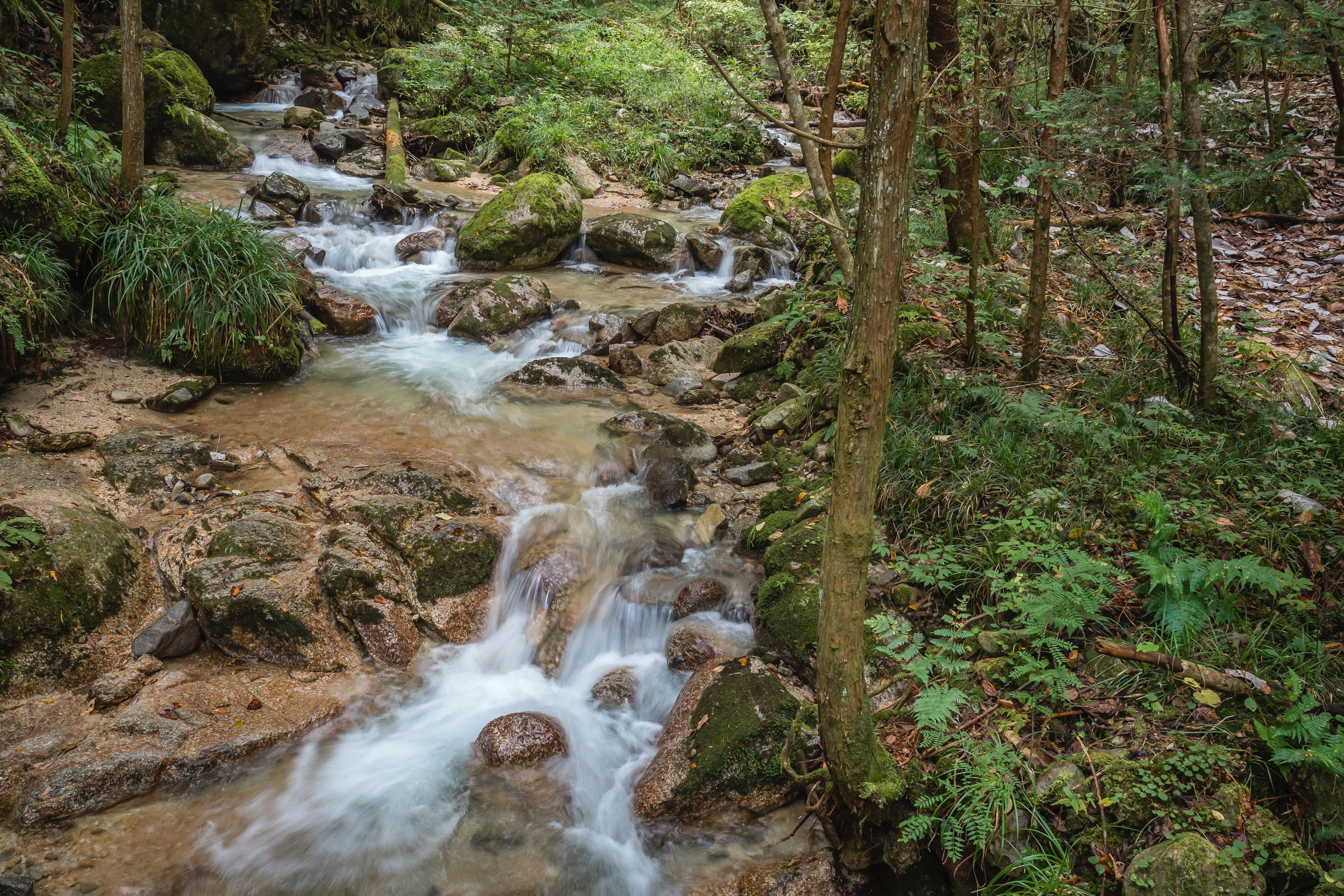
This is why you will see such deep ditches everywhere. Costa Ricans have become quite adept at controlling the flow of water, so as long as the rainfall amount isn’t excessive, any water that is unable to soak into the saturated soil runs downhill into the nearest ditch and is funneled into a culvert and eventually into a stream, river, or the ocean.
The exception to this rule typically occurs if:
- The homes/properties in the area are too close to ditches, rivers, streams, or the ocean,
- The homes/properties were built before the highway (in which case the highways are generally raised and sloped for runoff leaving the homes as the lowest-lying area
- The homes/properties are in a dense urban area where large swathes of cement or tarmac prevent the ground from soaking up the access water
- The home/property is in the path of the runoff- in other words, there is no runoff system in place to guide the water around the property (which happens in rural areas)
What to Consider When Buying Your Home
So, back to the question… how do you know you aren’t buying a property that is prone to flooding?
I’m going to tackle the last situation first.
Rural Properties
If you buy a property that is undeveloped, then you will need to be aware of the potential for flooding and take it into account when you create your building plan. This is especially true if your property backs up onto a mountain or is near a water source. Be sure to speak to your builder about the best way to manage the runoff. From a layman's perspective, most of the local properties are laid out with the home on the highest point of land, and the land is sloped towards the outside where ditches collect the runoff and guide it away from the home.
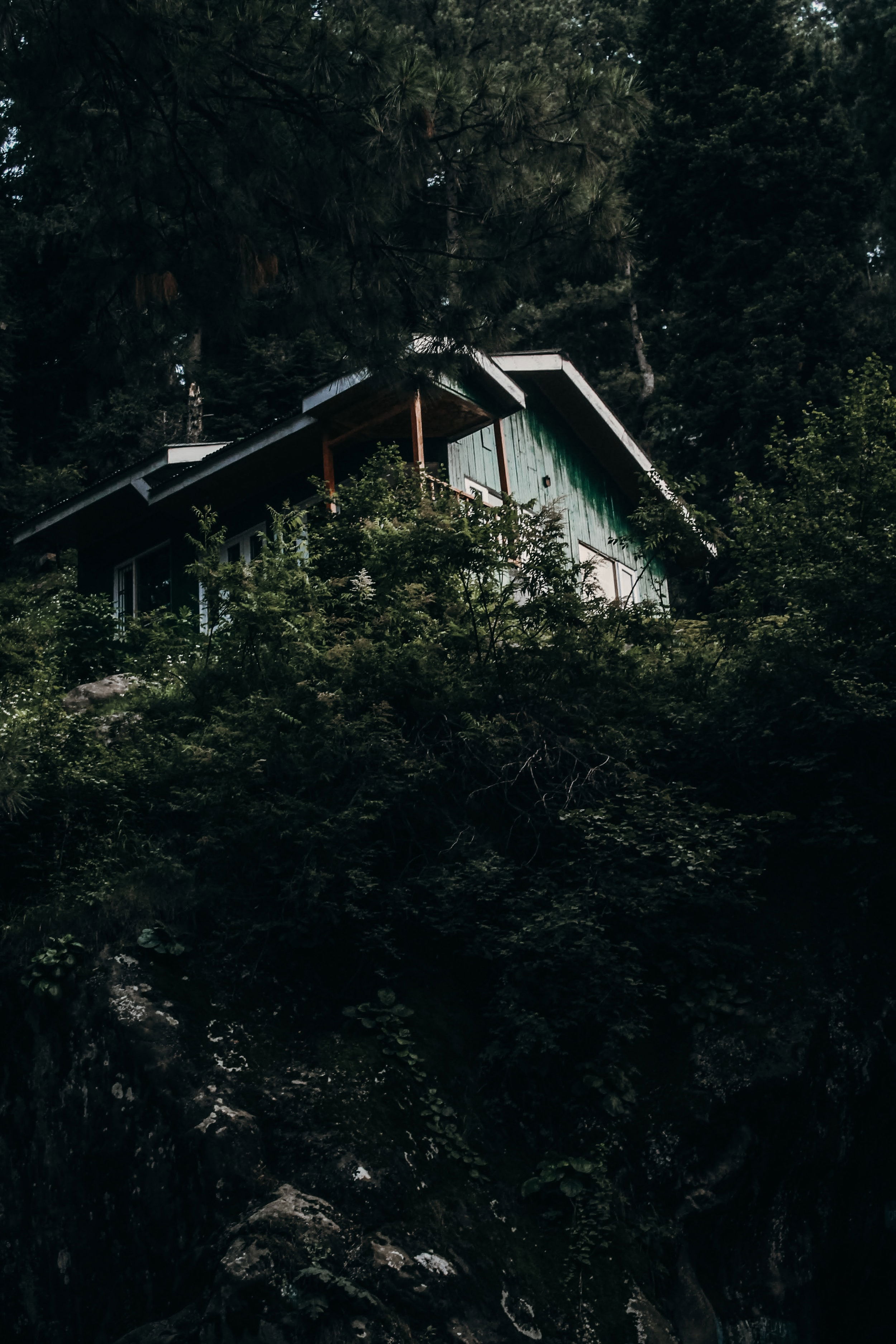
Homes Near Water Sources
As much as many of us love the idea of having our home close to a water source, when we do so there is always a risk that heavy rainfall will cause that water to overflow its banks and flood the surrounding areas.
It’s best to look for homes that are on the highest part of the property with a safe distance between it and the water source. It is also a great idea to look for signs of previous floods, like water stains on the foundation or walls, or outdoor areas that look eroded, or are covered in the types of plants that you would find in marshland, like tall reeds, and mangroves.

If your heart is really set on living near a water source, then look for a home that is built up so that if it does flood the water is less likely to get inside. You can also create a runoff plan to help manage the water after you purchase.
Homes Near A Raised Highway
I have been here a few years now, and there are certain areas that always flood. The most common ones are the small homes that were built before the main highway was added. Unless you physically lift that home and build stilts or a platform underneath it, there are very few ways to avoid flooding because, during a heavy downpour, the water runs right off the pavement and into the lowest lying point- which is often the ground floor of these houses.
It’s best just to avoid them. Especially if the asking price seems really low.
Urban Areas
Obviously, there are huge urban areas in and around San Jose, and they aren’t all going to flood. However, since the city has developed organically (meaning they didn’t do a lot of urban planning) there are going to be some areas that were built without much of a runoff plan, and once everything is paved and there is nowhere for the water to go- you have a problem.
When you are looking at urban properties, keep an eye out for drains and ditches. If there aren’t any- you may have to deal with the occasional flood. This is going to sound repetitive but always be aware of the low-lying areas and avoid them. Gravity works!
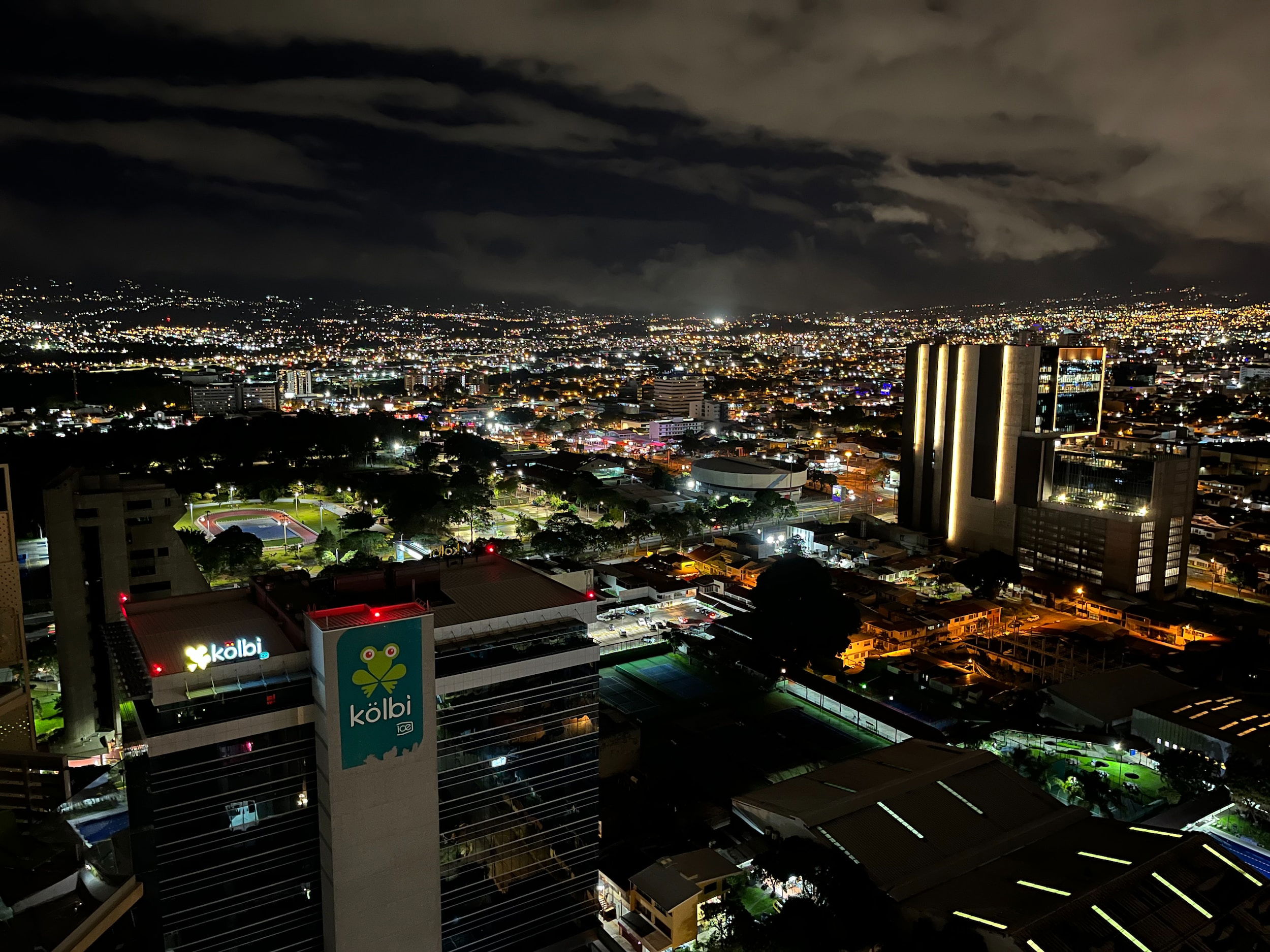
Costa Rica is a beautiful place to live, with a relaxed tropical lifestyle, fascinating wildlife, and beautiful surroundings, so please don’t let this stop you from finding your perfect piece of paradise. It’s definitely out there. My goal here is only to help you avoid issues that you may not have had to deal with in your home country, so you can enjoy your tropical home in comfort.
